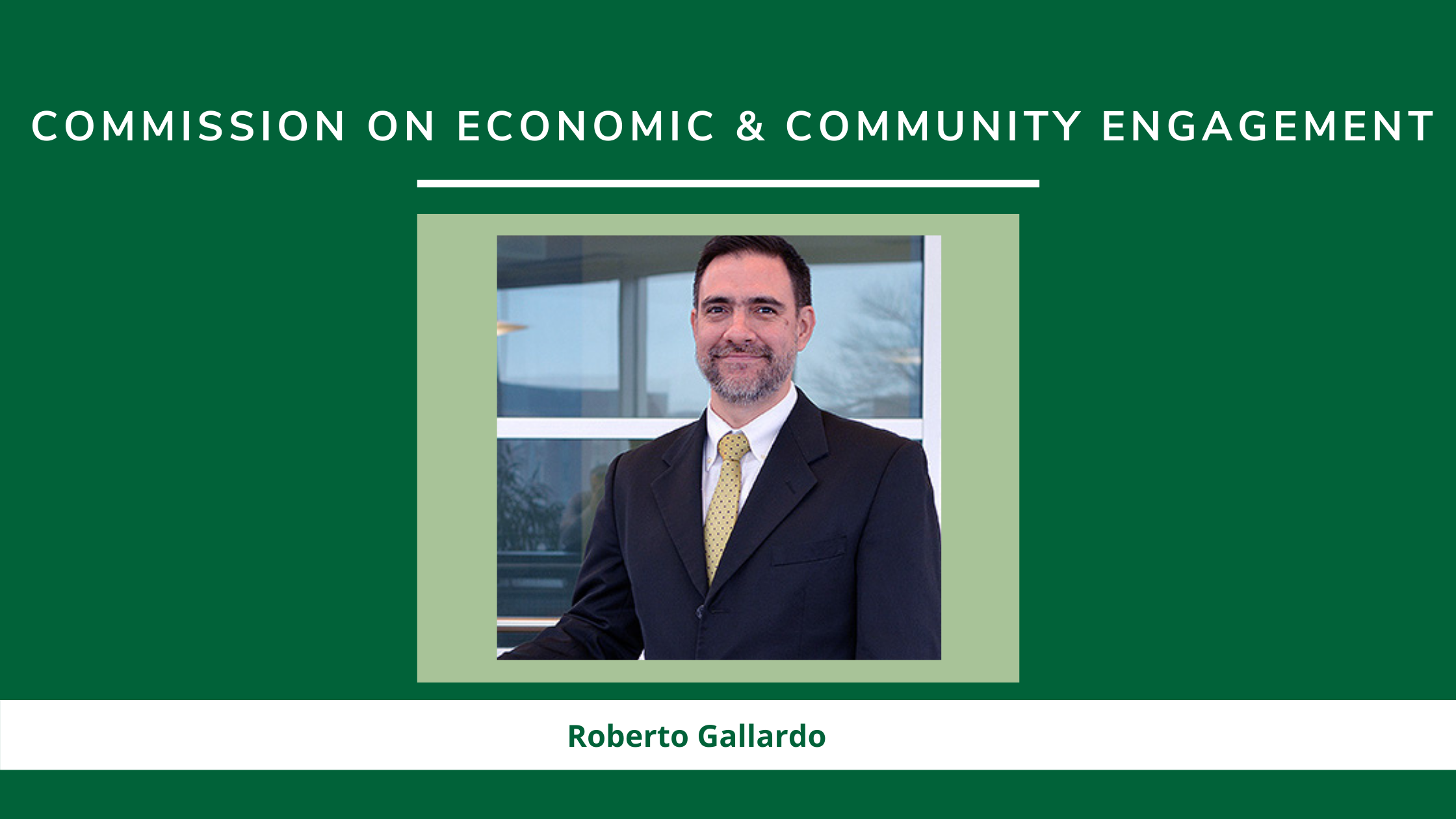Extension, Community Development, and Digital Inclusion: A 21st Century Trifecta
By Roberto Gallardo, Director of the Purdue Center for Regional Development, Purdue University

The COVID-19 pandemic has cast a very bright light on the decades old issue of digital exclusion. As the society and economy continue to digitize, individuals, communities, and businesses on the wrong side of the divide have a harder time participating and catching up, affecting their quality of life in a negative way.
Addressing the digital divide or exclusion is critical for any community given the post-pandemic world is likely to be more digital, rather than less. This issue, however, is very complicated and is engrained in existing inequalities requiring multiple partners, education/awareness, and capacity building to address. Therefore, becoming digital inclusive has become a community development priority.
New research looked at the implications of digital inclusion for community development. This study defined digital inclusion as the “meaningful use of digital technology for social and economic benefits” and compared the community’s level of digital inclusiveness among different groups (urban/rural, age, income, and educational attainment).
Digital inclusiveness was measured utilizing an innovative household survey measuring multiple indicators: device and internet access, internet resourcefulness and use (including an internet utilization score), and internet benefits. Results indicates there are differences between groups across these metrics. For example, the largest difference between urban and rural was—not surprising—device and internet access. However, when it came to internet benefits, the difference between urban and rural was not statistically significant.
Other differences with community development implications were identified. For example, the largest difference when it came to internet benefits was between income groups. Wealthier households benefitted more from the internet compared to lower income groups. Regarding internet resourcefulness and use, the largest difference was among age groups. In other words, older age groups were less resourceful and used the internet less compared to younger groups.
Furthermore, what happens to these differences when the digital playing field is level? A digital parity scenario was statistically modeled—only responses with higher device and internet access, resourcefulness and use, and internet benefits were compared. Under this scenario, all urban and rural differences became statistically insignificant. However, statistically significant differences between income, age, and educational attainment groups remained, although at a lower level. In other words, inequalities persisted even after a digital parity scenario hinting at deeper socioeconomic issues internet access and use alone cannot address.
What does this mean for community development and extension? It provides support to a potential role extension can play to ensure digital parity—through capacity building, planning, and educational workshops—is a reality in communities. Digital parity can lead to more digital inclusion, which in turn, can reduce inequalities improving the quality of life of communities and individuals. In the end, extension and community development can play a significant role in making communities digital inclusive better positioning them to adapt and prosper in the digital age.
- Commission on Economic & Community Engagement
- Commission on Innovation, Competitiveness, & Economic Prosperity
- Council on Engagement & Outreach



Stay Connected
X (formerly Twitter)
Facebook
YouTube
LinkedIn
RSS